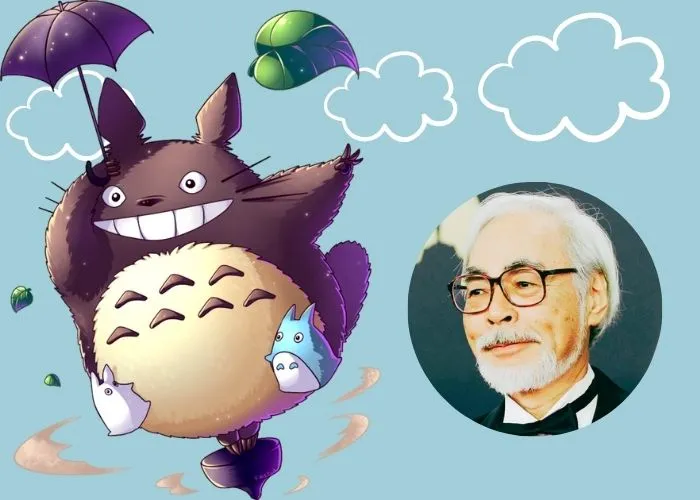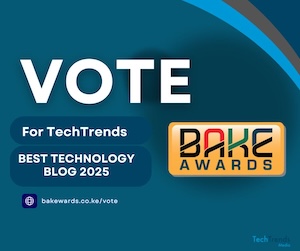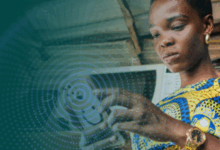
Generative AI is changing creativity-posing fundamental questions about copyright infringement. The latest trend for many is the Ghibli-style artwork created by artists using AI, quite recently sparking controversy over whether or not it represents an infringement on fair use and thus pushing the legal line between inspiration and infringement
Last month marked the release by OpenAI of the widely anticipated GPT-4o image generation model that delivers an easy-to-handle tool that creates stunning pictures just like from the famous Studio Ghibli. And flocks swarmed this way, not only generating images created by users but also custom pics redone in the fabulous Ghibli appearance. And now, the question: can generative AI create in others’ styles without violating their copyright, as it creates works as if by legendary artists and studios?
Generative AI and Copyright Infringement Concerns
The line between inspiration and infringement is an ever-blurring one, copyright recognizes the original expression of an idea, artistic, be it; but can this be the case with machines performing fair use themselves- Ghibli painting style imitation -after being fed millions of input images? Experts argue that generating AI images with the specific style of Ghibli or other well-known creators probably would not be a fair-use consideration. The style itself is not capable of copyright protection, but the outputs may have substantial similarities with protected expressive elements of original works, thus creating liability for possible infringement.
With Stable Diffusion being released in 2022, generative AI has become a magnet for copyright debates. In Andersen v. Stability AI (2023), visual artists initiated the first major copyright infringement case against AI companies for training their models on copyrighted works without permission. And now, with the rise of Ghibli-style AI art, tensions are reaching a boiling point. Especially since models like OpenAI’s DALL·E 2 have become more proficient at generating fine-quality, detailed copies of renowned styles.
Training Data and Its Impact on Copyright
One of the few legal issues likely surrounding generative AI is one relating to data used for its training. For instance, OpenAI probably trained its models on massive datasets scraped from the Internet for which copyright protection is probably claimed by studios like Ghibli. The catch is whether AI companies could plead fair use for this training since they insist that their models do not replicate specific works but produce new outputs based on learned patterns. Nevertheless, further along the line, as AI tools get more precise, the probability of such infringement obviously would increase.
If AI generates art works so closely representative of an artist, it seems nothing like traditional inspiration between the other human creators. This has shown definitely that, unlike human artists, AI models do not get influenced by any work to generate some end product-they merely memorize. If ever AI generates an image that resembles a given copyrighted work, trademark law might hold that act to be an infringement, provided the two images are similar enough.
The Case for and Against Relaxed Content Moderation
OpenAI’s decision to loosen content moderation on GPT-4o is yet another aspect that raises fears of copyright infringement. Previously, the model has been stricter on the resemblance to copyrighted works. Now with the updated feature of GPT-4o, fewer guardrails mean that it is more prone to generating images resembling those created in the proprietary styles of studios such as Ghibli or those of a creator like Dr. Seuss.
According to OpenAI, it will do everything not to harm the world. Critics argue, however, that this loosening of restrictions enables AI to infringe upon intellectual property rights with greater ease. If AI models can generate works in the style of famous studios without any legal repercussions, then it could be detrimental to creators by diluting demand for original work and perhaps competing in the same market.
Fair Use and the Future of AI Art
One of the major areas of contention in the discussions about AI art is whether or not the output qualifies as fair use. Fair use is intended to allow small uses of copyrighted works for purposes such as commentary or education under U.S. copyright law. However, generative AIs use works not for commentary but for the production of new works that may displace the original entirely. Such AI works, if considered substitutes for the original ones, would harm the market for those originals, which would probably put the use in question beyond the threshold of fair use.
AI developers argue that the training data they use is protected under fair use; however, many dissenters maintain that this view does not protect those artists and creators whose works were used without permission. In the words of Josh Weigensberg, “to allow AI to generate images in the style of another artist may be ‘substitutional’ and harmful to the original creator” simply because the AI-generated work could crowd the marketplace for the very same consumers at no cost.
The Road Ahead for Generative AI and Copyright
The legal wrangling over AI-sourced art is unlikely to come to a close any time soon. Owners of content and creators will keep a vigilant eye on the practices of AI companies as the technology progresses. It can be expected in the future that lawsuits concerning the infringement of copyright by generative AIs are going to rise since, and, as lawyers predict, it would take several years for courts to clearly unravel the issues lying within AI concerning copyright laws.
What is evident is that generative AI is recalibrating our view on art, ownership, and creativity. OpenAI and other AI companies will have to navigate these changing waters with an eye toward the broad ethical consequences of their technologies. Developed in light of AI capabilities that mimic and generate, the Ghibli-style AI art trend could serve as just one hallmark of how AI will change the future within the creative industry.
Conclusion
Generative AI has brought with it the most extreme creativity wave, and, like the latest Ghibli-style AI art trend, it poses great challenges for copyright. Such accurate and detailed images made in the style of a famous creator raise many legal and ethical questions about intellectual property. Ongoing debates about fair use and artists’ work protection would decide the fate of generative AI in the future, and effects on the art world are far from certain.
Follow us on WhatsApp, Telegram, Twitter, and Facebook, or subscribe to our weekly newsletter to ensure you don’t miss out on any future updates. Send tips to editorial@techtrendsmedia.co.ke




